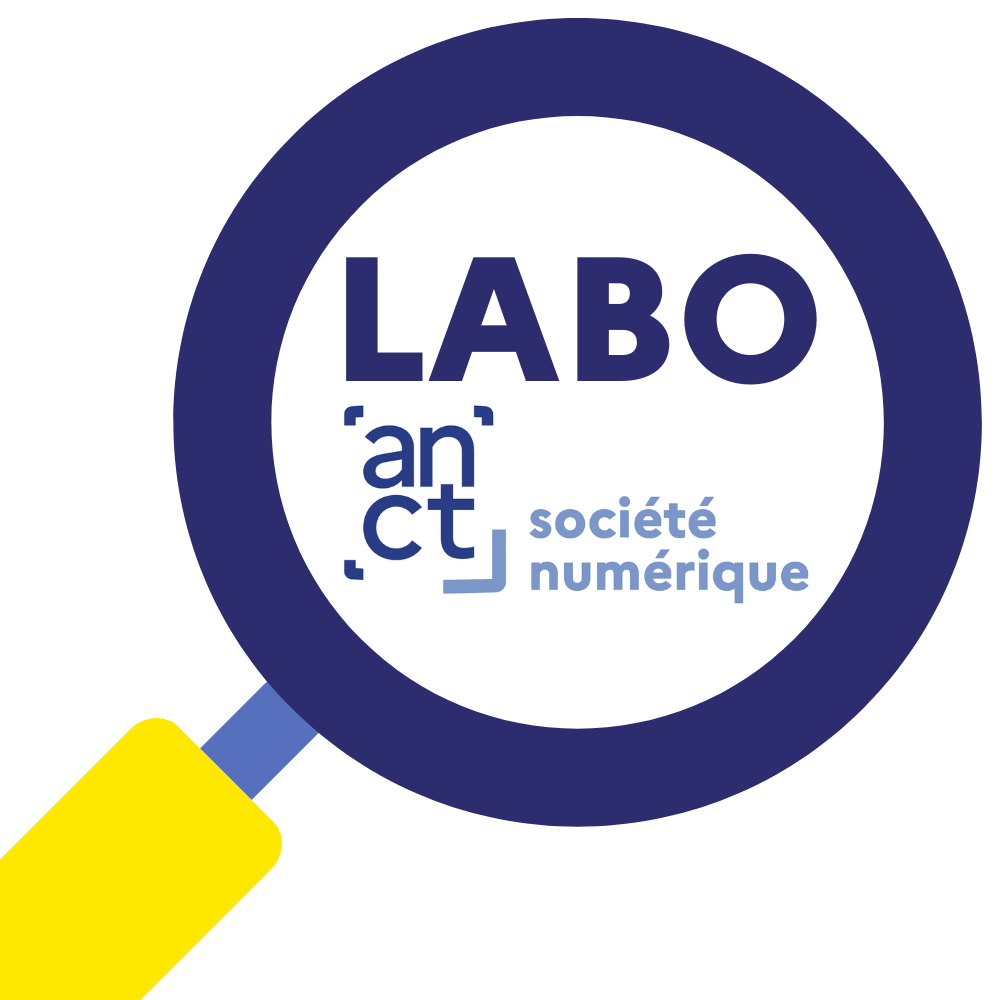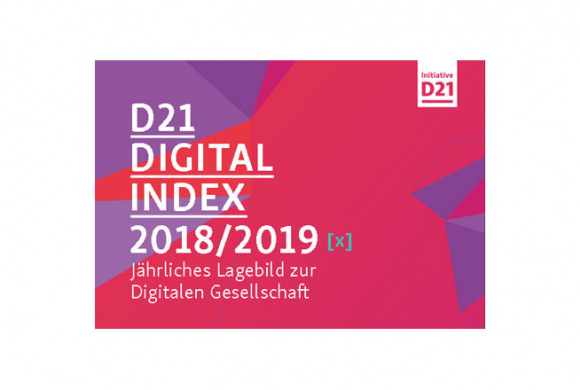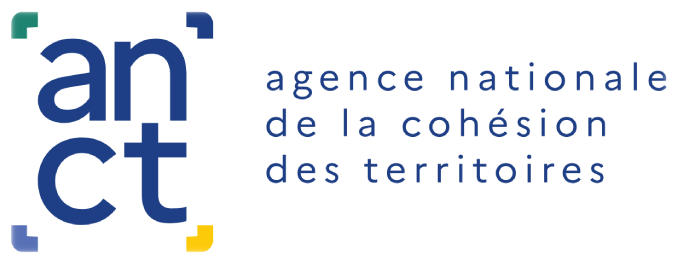The D21 Digital Index is the result of an annual survey of 20,500 Germans aged 14 and over. The survey is based on a battery of 200 questions organized around four themes: These four themes are translated into an index, the D21 Digital Index, which measures each year, on a scale of 100, the " digital development of society".
- Access: use of the Internet at work and in a private setting, use of broadband, equipment, Internet connectivity of devices used
- Diversity and intensity of use: digital applications used on a regular basis, average duration of internet use
- Digital skills: knowledge of digital subjects, skills related to uses
- Openness: acceptance and interest in innovation, benefits and relevance of the Internet, fears and concerns
The results of the 2013, 2014 and 2015 surveys were somewhat disappointing: they recorded, year after year, a quasi-stagnation of the index going from 51.2 in 2013, to 51.3 in 2014 and 51.6 in 2015.
The 2016, 2017, and 2018 surveys, on the other hand, show an overall increase in the index to 55 in 2018, up from 53 percent in 2017.
84% of the population has access to digital technology: this is progressing in all age groups, and particularly among the older generations: 79% of 60-69 year olds and now 45% of those over 70 are now connected.
The proportion of people without digital access is now around 16% of the population, or about 10 million people.
Référence :
Of the 14 uses that make up the index, only search via search engines concerns a majority of people (75%). The 13 other uses are practiced by only a minority of the population and show significant differences according to age, level of education and type of territory (urban vs. rural).
A simplified typology of the German population, in three categories, "Digital Pioneers" (Digitale Vorreiter), "Digital Followers" ("Digital Mithaltende", those who are coping) and "Digital Forgotten" summarizes the direction of the evolutions, with an increase in the proportion of "pioneers" and a decrease in that of "forgotten". This last group, which includes people who are "excluded" from digital technology and those who make minimal use of it, represents about 13 million people.
The report also includes several chapters devoted to the differences between large cities, medium-sized cities and rural areas, to uses in the fields of "connected health" and the "smart home", and to the effects of digitization in the world of work.
The weighting of the four families of indicators that make up the 21 Index is as follows: digital skills account for 40%, access for 30%, openness for 20%, and uses (diversity and intensity) for 10%. sub-indices, including the 14-year summary, the indicators of "digital development of the digital society.
The D21 Index is jointly funded by the Federal Ministry of Economic Affairs and Energy and several large companies.





